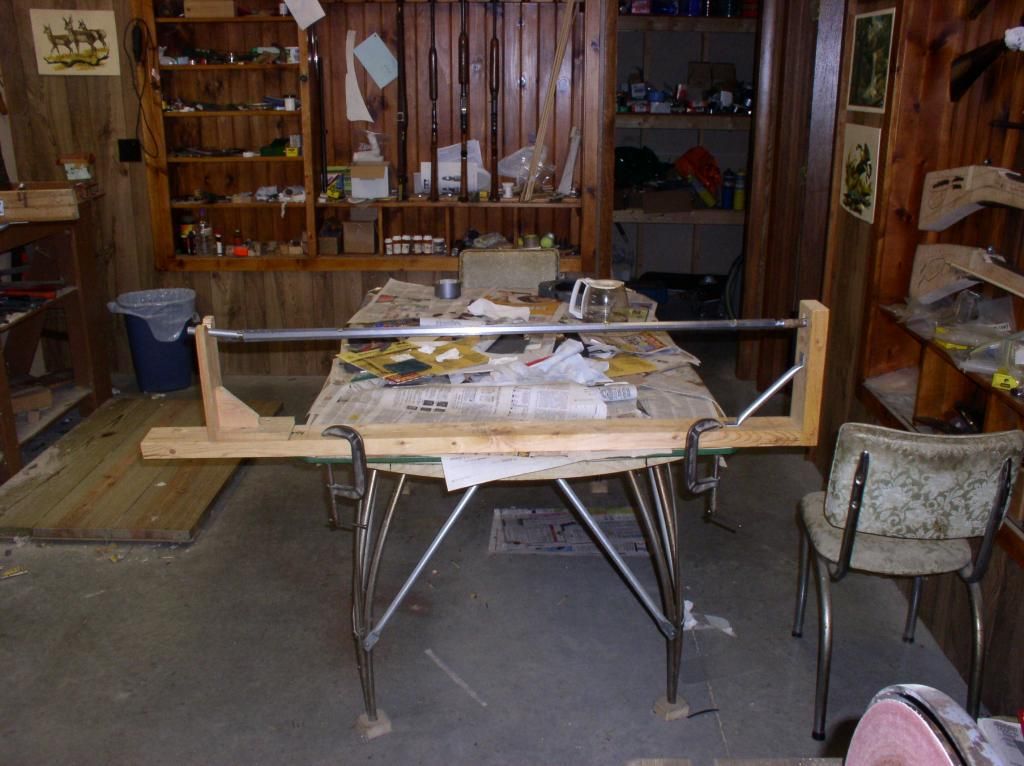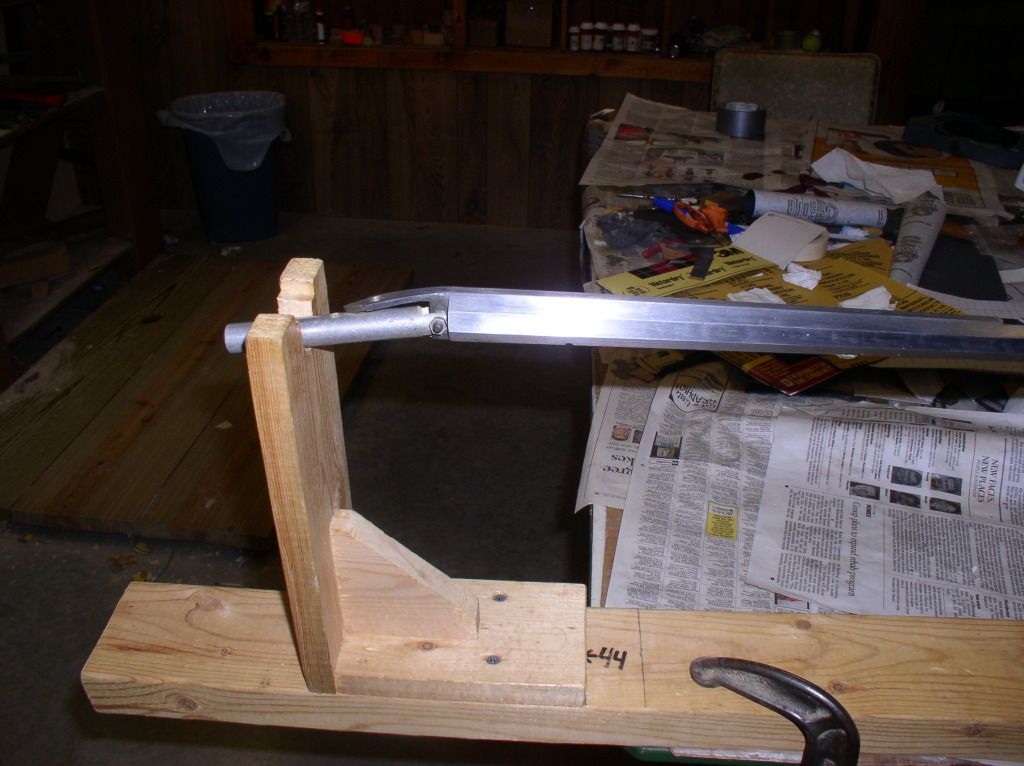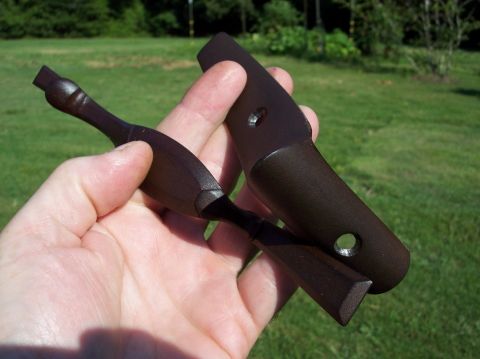- Joined
- Feb 9, 2015
- Messages
- 3,065
- Reaction score
- 1,038
Have a question for you Gun Builder's Bench guy's.
First off a little background. I have always used LMF to brown my barrel's with. Always properly prepped the barrel prior to applying the solution and going through the process. Always had excellent results until this current barrel.
I finished the barrel in question and achieved the desired color I wanted. I then neutralized the rusting process by using hot tap water and baking soda. Then I applied a thin coat of Renaissance wax. Came out looking really good!
Put the barrel back on the stock and put the muzzleloader away. Pulled it out the next day to check on it. Took a white washcloth and ran it down the flats of the barrel and to my surprise I picked up a lot of rust! Apparently I didn't stop the rusting process with the baking soda.
Ended up carding off the rust and applied a thicker coat of Ren-wax and put it away. Checked it again the next day. The barrel is still bleeding out rust.
I'm thinking about stripping off the wax and going through the baking soda process again?
Never had this problem with any other barrel that I have ever refinished before. This one has sort of stumped me? :youcrazy:
My question would be, Have any of you experienced a barrel that for some reason or another you couldn't neutralize the rusting process? Also, I was thinking about maybe leaving the baking soda solution on the barrel to dry and form a film prior to removing it?
Would appreciate your input on what you think my next move should be.
Respectfully, Cowboy
First off a little background. I have always used LMF to brown my barrel's with. Always properly prepped the barrel prior to applying the solution and going through the process. Always had excellent results until this current barrel.
I finished the barrel in question and achieved the desired color I wanted. I then neutralized the rusting process by using hot tap water and baking soda. Then I applied a thin coat of Renaissance wax. Came out looking really good!
Put the barrel back on the stock and put the muzzleloader away. Pulled it out the next day to check on it. Took a white washcloth and ran it down the flats of the barrel and to my surprise I picked up a lot of rust! Apparently I didn't stop the rusting process with the baking soda.
Ended up carding off the rust and applied a thicker coat of Ren-wax and put it away. Checked it again the next day. The barrel is still bleeding out rust.
I'm thinking about stripping off the wax and going through the baking soda process again?
Never had this problem with any other barrel that I have ever refinished before. This one has sort of stumped me? :youcrazy:
My question would be, Have any of you experienced a barrel that for some reason or another you couldn't neutralize the rusting process? Also, I was thinking about maybe leaving the baking soda solution on the barrel to dry and form a film prior to removing it?
Would appreciate your input on what you think my next move should be.
Respectfully, Cowboy









